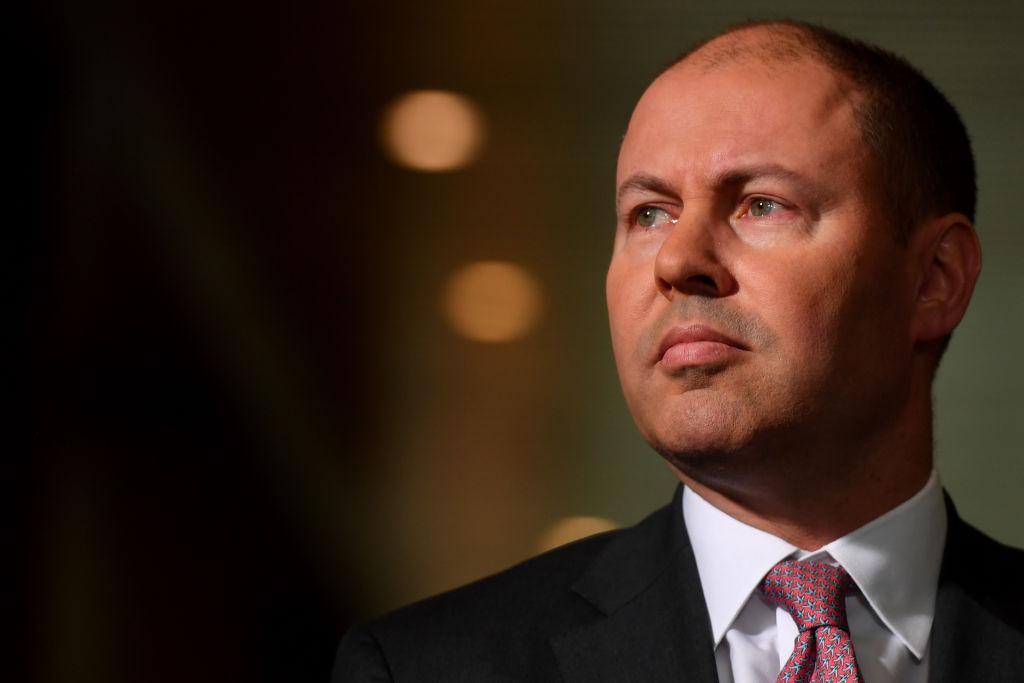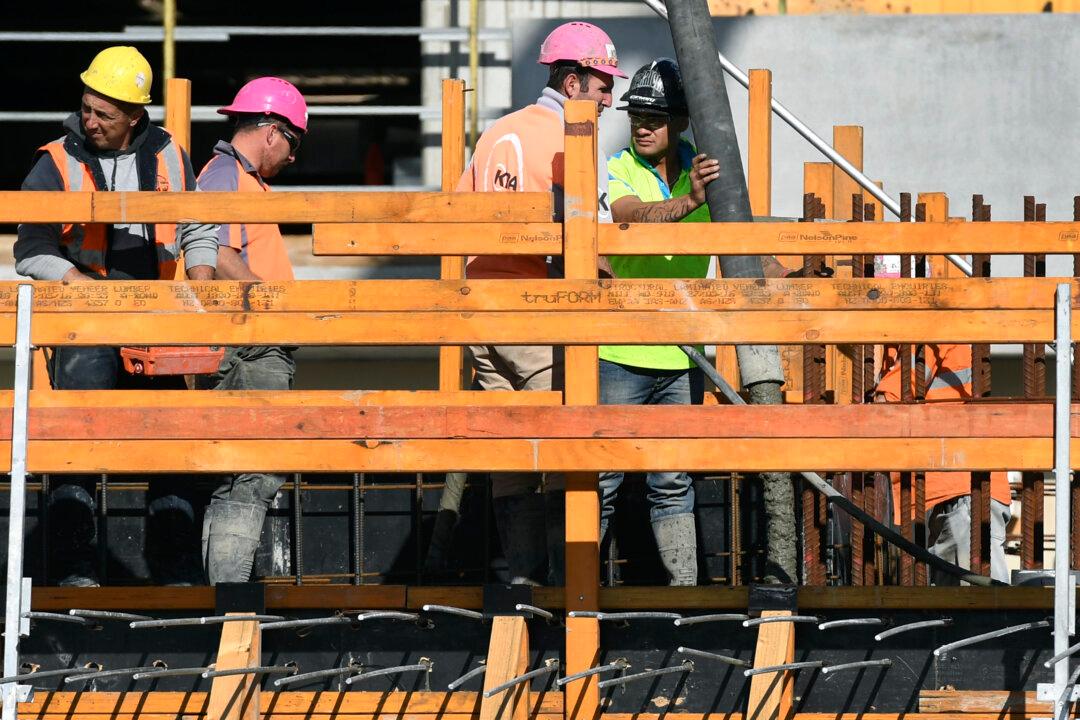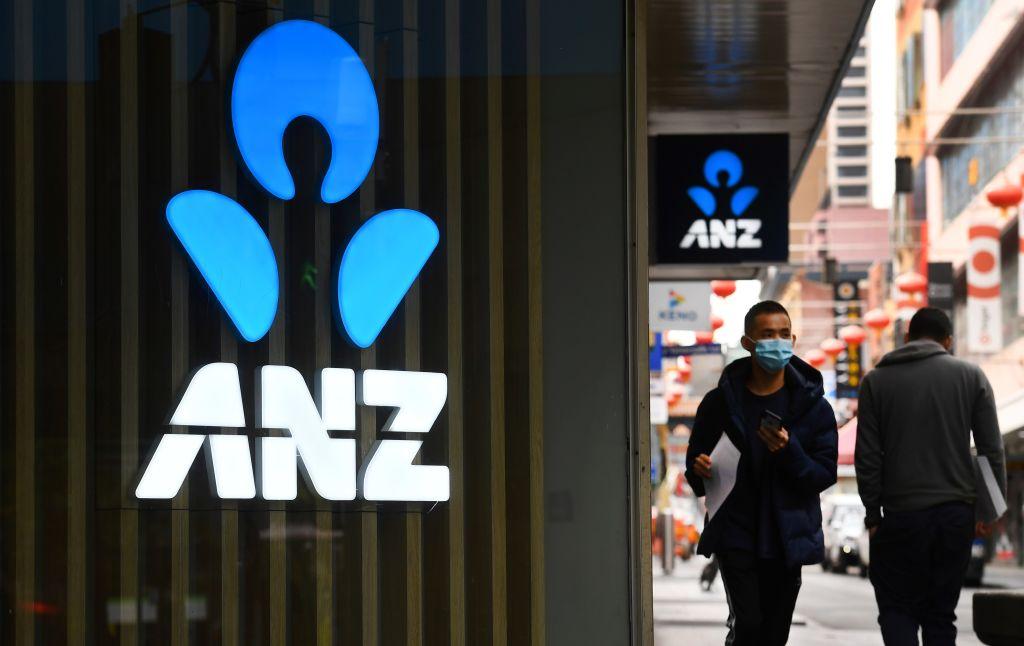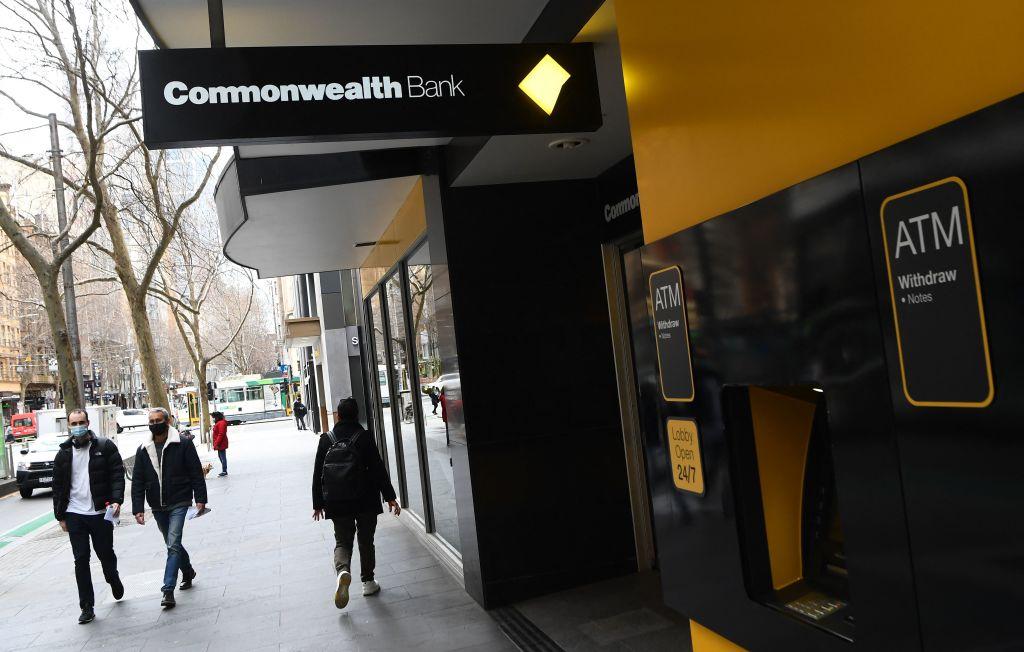The federal government announced on July 20 that it will ramp up its COVID-19 guaranteed loan scheme for small and medium-sized enterprises (SMEs). The expansion aims to improve access to affordable long-term funding to help businesses emerge from the pandemic-induced crisis in a stronger position.
Under the original scheme implemented in early April, the government will provide a guarantee of 50 percent to eligible lenders for all new unsecured loans to businesses with annual turnovers of less than $50 million. The low-interest loan, up to $250,000 with a term no more than three years, can only be used for working capital.





